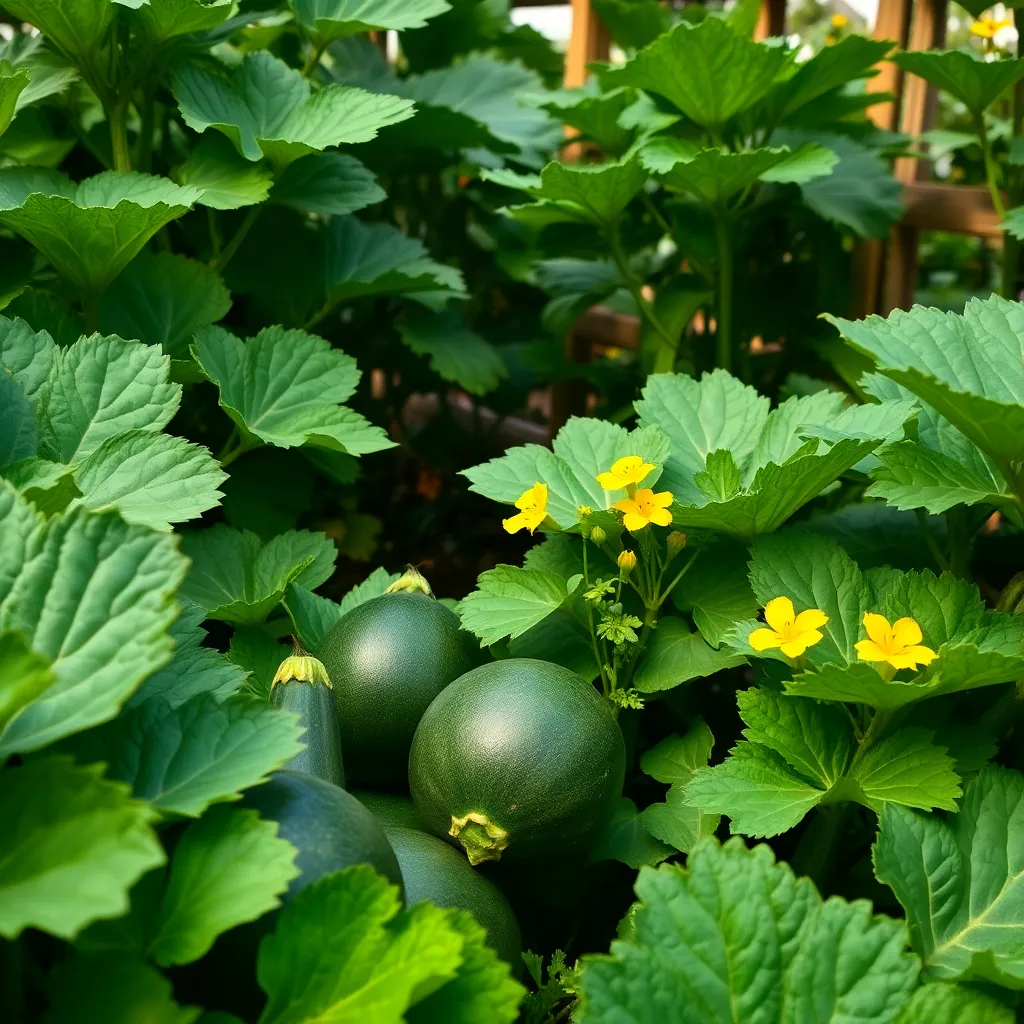Harvest time is one of the most rewarding moments in a gardener’s journey, and whether you’re nurturing your very first sprout or tending a well-established plot, knowing precisely when to pick your vegetables can make all the difference. In “Best Time To Harvest Vegetables,” we unveil the secrets to recognizing that perfect moment, ensuring your hard work yields the freshest, most flavorful produce.
From the crisp snap of a perfectly ripe green bean to the juicy burst of a sun-kissed tomato, each vegetable has its own ideal harvest window. This guide not only lists popular garden plants but also provides detailed insights into their optimal harvesting times, empowering you to enjoy a bountiful harvest that reflects your dedication and care.
Imagine the satisfaction of serving a meal where every ingredient has been plucked at its prime, bursting with flavor and nutrients. With practical tips and expert advice, this book will boost your confidence, helping you transform your garden into a thriving, productive oasis that brings joy to your table and soul.
Carrots (Nantes)

Growing Nantes carrots successfully begins with selecting the right soil type. These carrots thrive best in loose, sandy loam soil that is free of rocks to allow for smooth root development.
It is crucial to maintain consistent soil moisture to encourage uniform growth in Nantes carrots. Aim to water them regularly, ensuring that the soil remains moist but not waterlogged, as overly wet soil can lead to rotting.
For optimal growth, plant Nantes carrots in a location that receives full sun, as this variety requires plenty of light. You can sow the seeds directly into the ground in early spring or late summer, spacing them about 2 inches apart to give each carrot ample room to grow.
To boost their growth, consider thinning the seedlings when they reach 2 inches in height. This will reduce competition for nutrients and space, ultimately leading to larger and healthier carrots.
Zucchini (Black Beauty)

Zucchini, particularly the ‘Black Beauty’ variety, thrives when harvested at the right time, ensuring the best flavor and texture. Harvest zucchini when they are about 6 to 8 inches long for the perfect balance of tenderness and taste.
Frequent harvesting encourages the plant to produce more fruit, providing a continuous supply throughout the growing season. Avoid letting the zucchinis grow too large, as they can become tough and seedy, diminishing their culinary appeal.
For optimal growth, plant your ‘Black Beauty’ zucchini in well-drained, fertile soil, and ensure it receives full sunlight for at least six hours a day. Regularly water the plants, aiming for consistent moisture levels, but be cautious of waterlogging, which can lead to root rot.
Experienced gardeners might employ mulch to retain soil moisture and reduce weeds, enhancing plant health. Additionally, consider applying a balanced fertilizer every few weeks to support vigorous growth and abundant harvests.
Lettuce (Butterhead)

Butterhead lettuce is a delightful addition to any garden, known for its tender, sweet leaves and compact heads. Harvesting it at the right time ensures the best flavor and texture, making your salads extra delicious.
For those new to gardening, begin by checking the size of the lettuce heads, which should be about the size of a baseball when ready to harvest. It’s crucial to harvest in the morning when the leaves are crisp and full of moisture.
Experienced gardeners might consider a staggered harvesting approach to extend the yield over several weeks. By cutting only the outer leaves, you allow the inner leaves to continue growing, providing a continuous supply of fresh lettuce.
Ensure your butterhead lettuce is grown in well-draining soil with high organic matter to promote healthy growth. Keep the soil consistently moist, but avoid overwatering, as this can lead to root rot.
To optimize growth, plant your lettuce in a spot that receives about 4 to 6 hours of sunlight daily. For advanced gardeners, consider using floating row covers to protect against pests while maintaining the ideal temperature.
- Ensure soil pH is between 6 and 7 for optimal growth.
- Mulch around plants to retain soil moisture and suppress weeds.
- Regularly check for signs of bolting, and harvest immediately if observed.
Basil (Genovese)

Genovese basil thrives best when it is harvested just before the flowers start to bloom, as this ensures the leaves are at their most flavorful. To determine the right time, look for plants that are about 6 to 8 inches tall with several sets of leaves.
For the best results, use sharp scissors or pruning shears to snip leaves from the top, encouraging the plant to become bushier rather than tall and leggy. When harvesting, aim to take leaves from above a pair of leaf nodes, which will promote new growth and result in a more productive plant.
Water basil plants deeply but infrequently, allowing the soil to dry out slightly between waterings to prevent root rot. Although Genovese basil prefers well-draining soil, it also benefits from a boost of nutrients, so consider adding a balanced organic fertilizer every few weeks during the growing season.
Experienced gardeners often pinch off the flower buds to prolong the harvest period and enhance leaf production. For those interested in extending their basil harvest into the cooler months, consider growing basil indoors on a sunny windowsill or utilizing a hydroponic system.
Peppers (Bell – California Wonder)

Bell peppers, particularly the ‘California Wonder’ variety, are a favorite among gardeners for their vibrant color and sweet taste. Harvesting at the right time is crucial to maximize both flavor and yield.
To determine the ideal harvest time for ‘California Wonder’ bell peppers, watch for their mature size and color. Generally, these peppers should reach about 4 inches in length and turn from green to red to indicate ripeness.
Regular watering is essential for healthy growth, but avoid waterlogging. Aim to keep the soil consistently moist by watering deeply once or twice a week, especially during dry spells.
For best results, plant ‘California Wonder’ peppers in well-drained, fertile soil with a pH between 6.0 and 6.8. Consider adding organic compost or aged manure to enrich the soil and support healthy plant development.
Advanced gardeners might want to try using mulch to retain moisture and suppress weeds. Mulching also helps regulate soil temperature, which can promote a more robust pepper crop.
Conclusion: Growing Success with These Plants
In exploring the parallels between cultivating a thriving garden and nurturing healthy relationships, we’ve uncovered five essential concepts: the importance of timing in communication, the value of patience and understanding, the benefits of consistent care and attention, the need for adaptability to change, and the significance of celebrating growth and milestones. Just as each vegetable flourishes best when harvested at its optimal time, relationships thrive when these principles are effectively applied.
To put this knowledge into action, take a moment today to reflect on one relationship in your life—consider how you might apply these principles to enhance its vitality. Whether it’s initiating a heartfelt conversation or simply pausing to appreciate a shared moment, small steps can yield bountiful rewards.
We encourage you to bookmark this article as a resource and guide for nurturing your relationships. By revisiting these insights, you’ll be better equipped to foster connections that are resilient and rewarding. Remember, just like a well-tended garden, relationships require ongoing effort and love. With dedication, your relationship can not only survive but thrive, blossoming into a source of happiness and strength for years to come. Save this article for those times when you need a gentle reminder of the beauty in cultivating meaningful connections.


